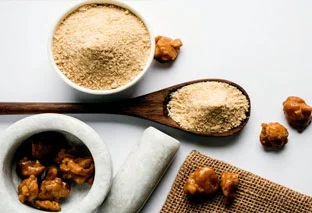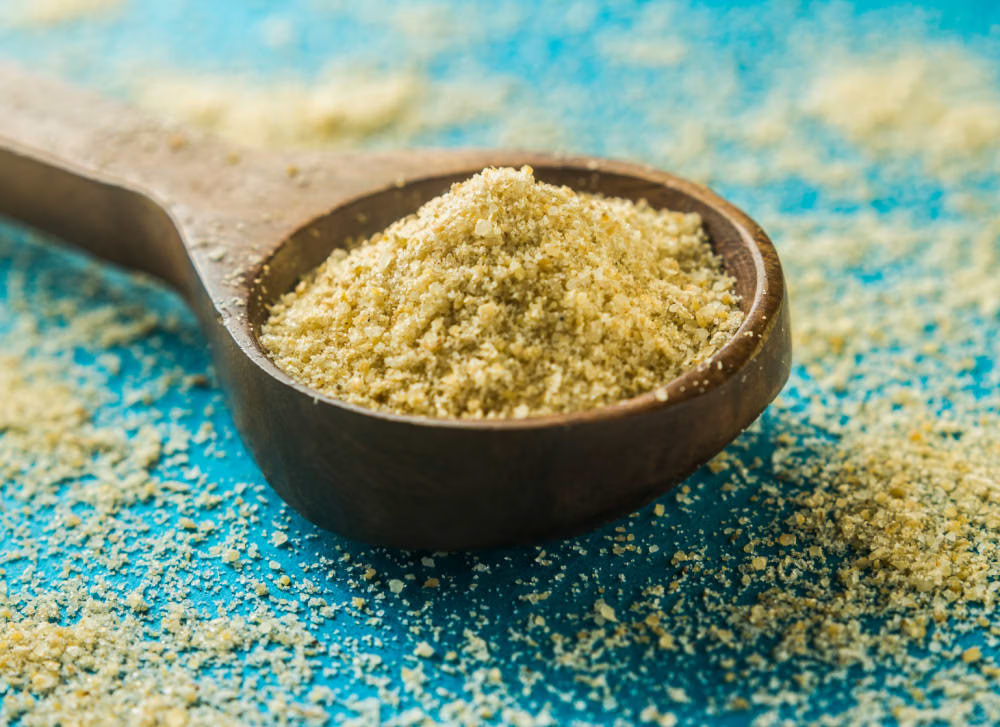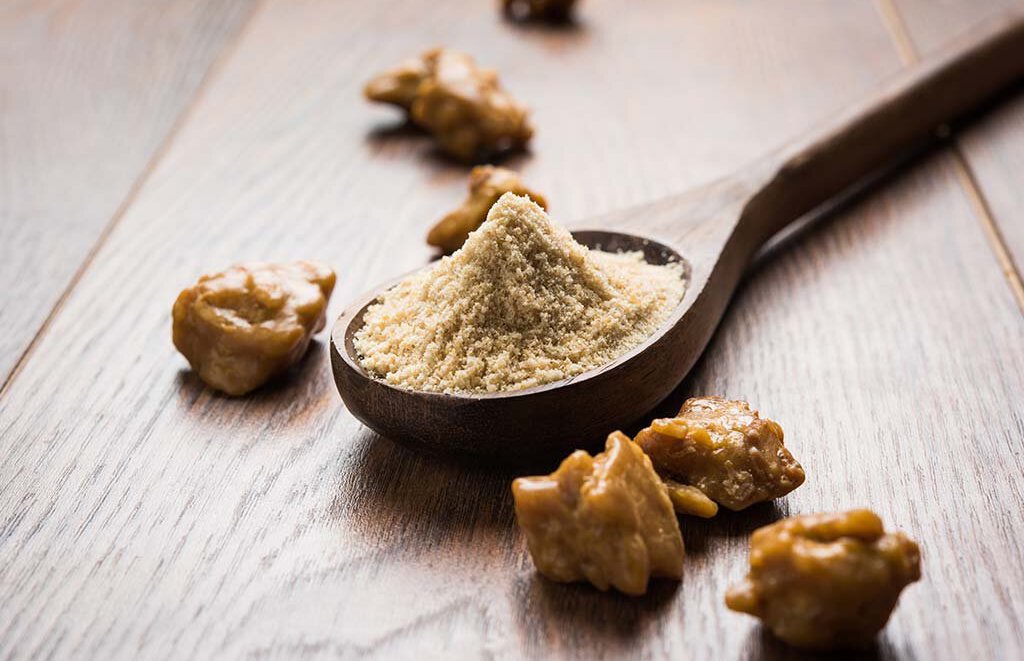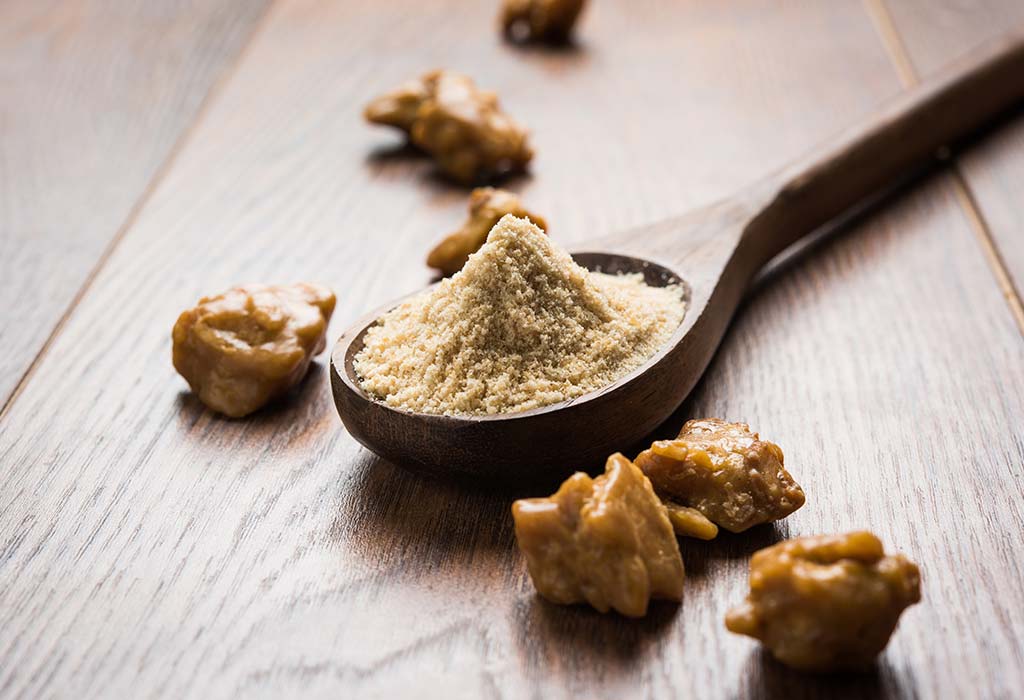Exploring the Unique Aroma and Taste of Asafoetida
Hing, also known as asafoetida, is a spice that holds a special place in many kitchens around the world, especially in Indian cuisine. Its unique aroma and taste make it a distinctive ingredient in various dishes. In this blog, we’ll delve into the origins of hing, its flavor profile, culinary uses, health benefits, and storage tips.

What is hing and where does it come from?
Short Answer: Hing, or asafoetida, is a gum resin obtained from the roots of Ferula plants, native to regions of Iran and Afghanistan.
Long Answer:
- Botanical Origin: Hing is derived from the resin of several species of Ferula, a type of fennel plant, particularly Ferula assa-foetida.
- Geographic Source: The primary sources of hing are Iran and Afghanistan, where the plant grows wild. The resin is harvested from the roots and stems of the plant.
- Processing: The resin is collected, dried, and processed into a solid or powdered form. It is usually mixed with wheat or rice flour to make it easier to use in cooking.
- Cultural Significance: Hing has been used in traditional medicine and culinary practices for centuries, especially in Indian, Middle Eastern, and Persian cuisines.

What are the distinctive aroma and flavor characteristics of hing?
Short Answer: Hing has a strong, pungent aroma and a unique, umami flavor that enhances the taste of various dishes.
Long Answer:
- Pungent Aroma: The raw form of hing has a very strong, sulfurous smell, similar to that of garlic or onions. The aroma mellows out significantly when cooked.
- Umami Flavor: Hing provides a unique umami taste, adding depth and complexity to dishes. It enhances savory flavors and is often described as having a slightly bitter, earthy, and musky taste.
- Aroma Transformation: When hing is cooked or fried in oil, its sharp aroma transforms into a more pleasant, savory fragrance, making it an essential spice in many recipes.
- Flavor Enhancer: Hing is known for its ability to enhance the flavors of other spices and ingredients, making it a popular addition to vegetarian and vegan dishes.
How is hing used in cooking and what dishes benefit from its inclusion?
Short Answer: Hing is used in cooking as a flavor enhancer in a variety of dishes, including curries, lentil soups, stews, and pickles.
Long Answer:
- Curries: Hing is often added to curries during the tempering process (tadka) to enhance the overall flavor and aroma of the dish.
- Lentil Soups (Dal): A pinch of hing is added to lentil soups to reduce flatulence and improve digestion while adding a unique flavor.
- Stews and Soups: Hing can be used in stews and soups to impart a depth of flavor, especially in vegetarian dishes that rely on spices for taste.
- Pickles: Hing is a common ingredient in many Indian pickles, where it adds a distinctive flavor and helps preserve the pickles.
- Vegetable Dishes: It is frequently used in vegetable stir-fries and sautéed dishes to enhance their flavor profile.

Are there any health benefits associated with consuming hing?
Short Answer: Yes, hing offers several health benefits, including aiding digestion, reducing inflammation, and acting as an antimicrobial agent.
Long Answer:
- Aids Digestion: Hing stimulates the production of digestive enzymes, helping to reduce bloating, gas, and constipation.
- Anti-inflammatory Properties: The active compounds in hing have anti-inflammatory effects, which can help reduce inflammation in the body.
- Antimicrobial Agent: Hing possesses antimicrobial properties that can help fight off harmful bacteria and pathogens.
- Respiratory Health: Hing is known to provide relief from respiratory conditions like asthma, bronchitis, and cough due to its antispasmodic properties.
- Regulates Blood Sugar Levels: Hing may help regulate blood sugar levels, making it beneficial for individuals with diabetes.
How should hing be stored to maintain its potency and flavor?
Short Answer: Hing should be stored in an airtight container in a cool, dry place away from direct sunlight to maintain its potency and flavor.
Long Answer:
- Airtight Container: Store hing in an airtight container to prevent it from absorbing moisture and losing its potency.
- Cool, Dry Place: Keep the container in a cool, dry place, away from direct sunlight and heat sources, to preserve its flavor and aroma.
- Away from Strong Odors: Hing has a strong aroma, so it should be stored away from other spices and foods to prevent cross-contamination of flavors.
- Refrigeration: If you live in a humid climate, consider storing hing in the refrigerator to prolong its shelf life and maintain its quality.
- Use Dry Utensils: Always use dry utensils to scoop out hing to prevent moisture from getting into the container.
Conclusion
Hing, or asafoetida, is a unique and versatile spice that brings a distinctive aroma and flavor to a variety of dishes. Its origins, flavor profile, culinary uses, and health benefits make it a valuable addition to any kitchen. By understanding how to store and use hing properly, you can enjoy its many benefits while enhancing the taste of your meals. Embrace the unique qualities of hing and elevate your culinary creations with Hingwala!
